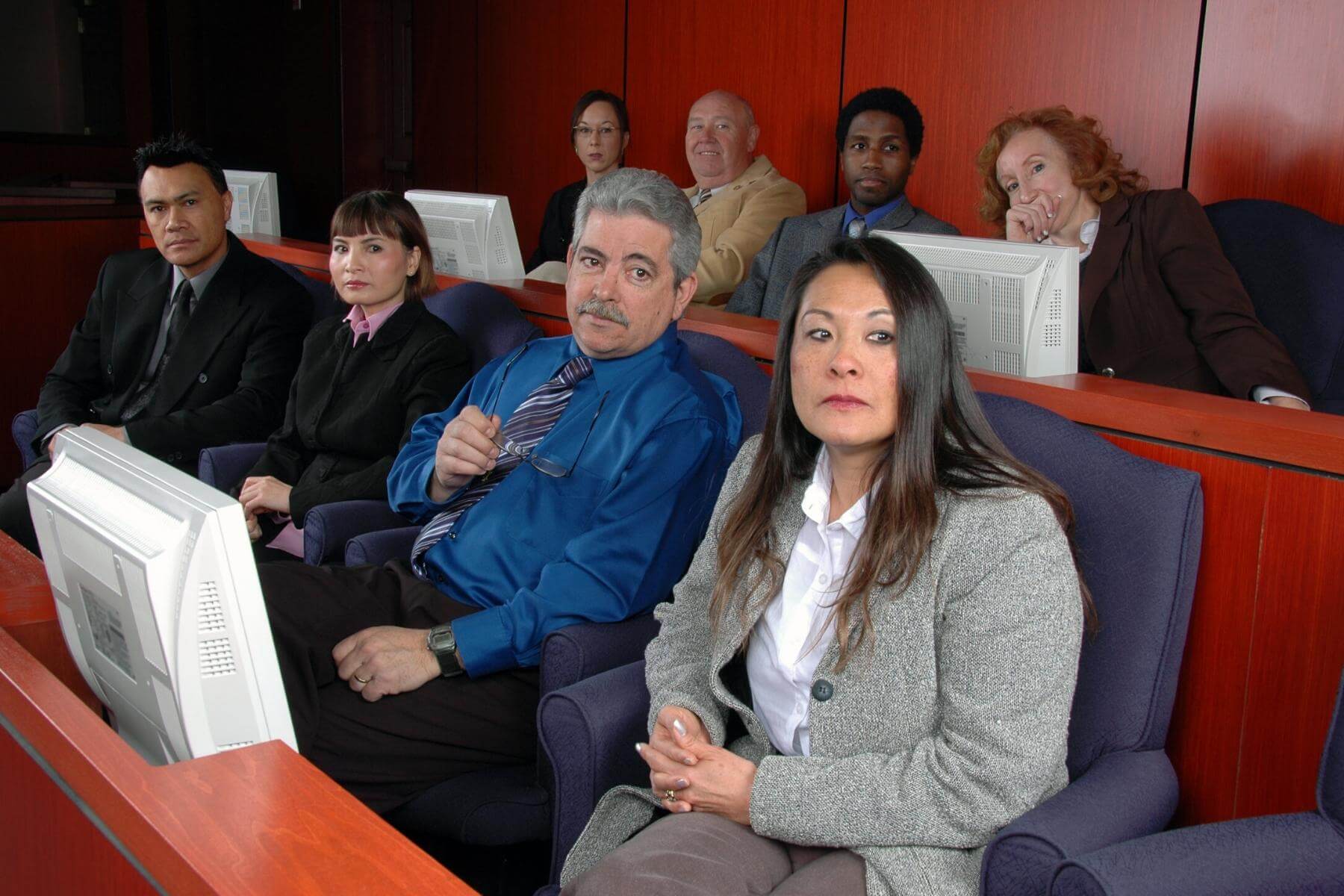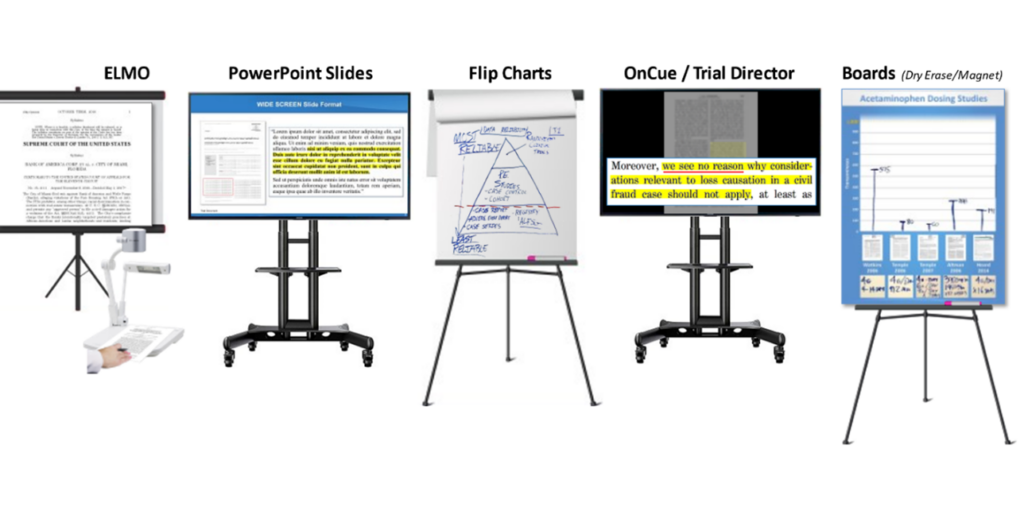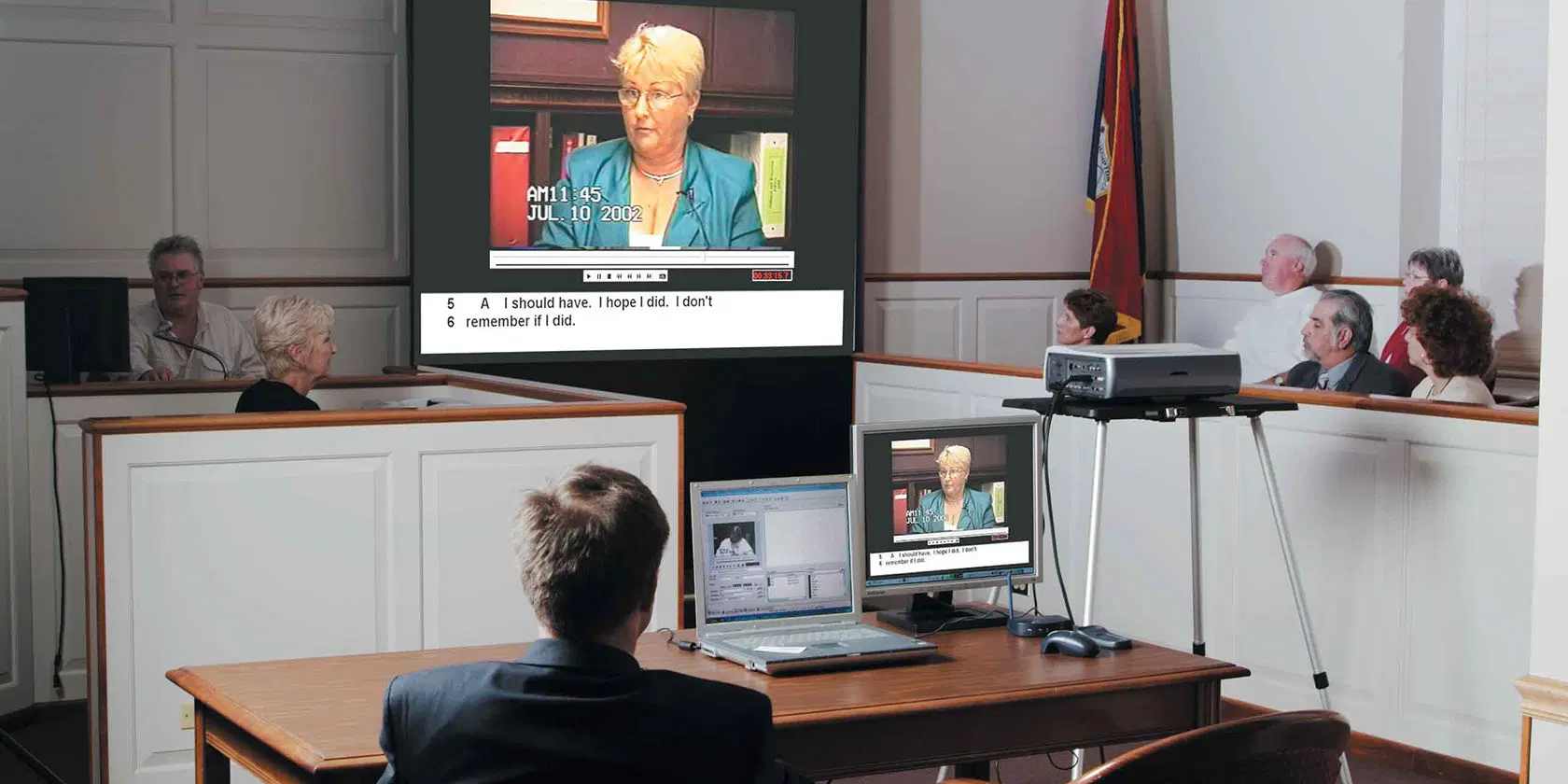Trial lawyers use custom trial presentations to support their cases.
Trial lawyers use custom trial presentations to support their cases.
Blog Article
How Trial Presentations Enhance Your Disagreement and Encourage Jurors
Trial presentations act as a pivotal device for boosting lawful debates and convincing jurors. By integrating visual aids, narrative structures, and emotional engagement, lawyers can create a compelling instance that resonates on multiple degrees. The critical use visuals not only clarifies intricate details yet likewise records jurors' focus much more efficiently than words alone. Nonetheless, the art of storytelling plays a just as critical role in changing factual proof right into an engaging story, shaping jurors' understandings - trial presentations. Understanding these components can significantly impact test outcomes, elevating the concern of just how each part contributes to this intricate dynamic.

Relevance of Aesthetic Help
Visual help play an important duty in enhancing the effectiveness of trial discussions, as they can considerably increase audience involvement and retention of info. In the context of a test, where jurors are charged with processing complex info, aesthetic help offer to simplify and make clear crucial factors. Charts, graphs, and images can share data and ideas that may otherwise bewilder or puzzle jurors, permitting a more simple understanding of the proof provided.
In addition, aesthetic aids help in preserving juror focus throughout the proceedings. By damaging the dullness of spoken testament, these devices can stress critical disagreements, making them extra unforgettable. Efficient aesthetic aids can also stimulate emotional reactions, which can be pivotal in persuading jurors to straighten with the speaker's story.

Crafting Engaging Stories
An engaging narrative is important in trial presentations, as it functions as the foundation of efficient persuasion. It permits lawyers to weave together realities, proof, and psychological components into a meaningful tale that reverberates with jurors. This narrative framework allows jurors to comprehend the complexities of the instance while directing them via the lawyer's argument.
To craft a compelling narrative, attorneys ought to focus on clearness and comprehensibility. This involves establishing a clear lead character-- frequently the client-- and outlining their journey through the occasions concerned. Presenting the facts in a rational sequence improves comprehension and keeps involvement. In addition, using dazzling summaries can create mental photos that help jurors envision the occasions, making the story much more unforgettable.
In addition, incorporating crucial themes throughout the discussion enhances the core message and help in retention - trial presentations. The story must not just share information yet likewise evoke a feeling of justice, highlighting the stakes entailed. Inevitably, a well-constructed narrative promotes a connection between the jurors and the case, positioning the lawyer's argument as both trustworthy and compelling, therefore boosting the probability of a positive decision

Engaging the Jury Mentally
Efficient jury interaction pivots on the attorney's capability to link with jurors on a psychological degree. This link can substantially impact jurors' perceptions and their ultimate decision-making.
Visual aids, such as photos or video clips, can even more boost psychological involvement, supplying jurors with vibrant representations of the instance's human aspects. Crafting a story that highlights the battles and victories of the people entailed guarantees that jurors see past the legal debates and identify the human effects of their decisions.
An attorney's passionate shipment can reverberate with jurors, strengthening their emotional financial investment in the instance. It's essential to balance psychological allures with accurate evidence, making certain that jurors feel compelled to act while staying based in the fact.
Structuring Your Discussion

The body of the presentation must be logically segmented right into bottom lines, each supported by engaging proof. It is useful to use storytelling strategies to weave truths into a narrative that jurors can conveniently comply with. Aesthetic aids, such as charts and videos, can improve understanding and involvement, helping to reference highlight critical items of proof.
Real-World Situation Research Studies
Analyzing real-world instance researches offers indispensable insights right into the art of test presentations and persuasion. The protection group properly utilized a method that incorporated high-profile professional statements with multimedia discussions, which mesmerized jurors and inevitably affected their decision.
Another notable example is the "McDonald's Coffee Situation," where the plaintiff's attorneys made use of graphic images of the injuries suffered by Stella Liebeck. trial presentations. This raw visual proof played a crucial role in sharing the extent of her burns, leading to a considerable court award. Such situations show that impactful trial discussions typically depend upon the effective integration of visuals and storytelling to evoke psychological responses from jurors
Additionally, the "Casey Anthony Trial" highlighted the significance of narrative comprehensibility and credibility. The prosecution's failing to establish an engaging timeline lessened their convincing power, highlighting the requirement of a well-structured presentation. Evaluating these situations reveals that successful test presentations require calculated preparation, psychological involvement, and the capability to resonate with jurors' worths and beliefs.
Final Thought
Test presentations substantially improve debates and persuade jurors with the strategic use visual aids, compelling stories, and emotional engagement. By streamlining complex details and promoting click to read links with the target market, these aspects develop an unforgettable and impactful experience. A well-structured discussion balances psychological allures with accurate evidence, ultimately resonating with jurors' worths. The combination of these methods not only influences decision-making but also highlights the significance of reliable communication in the courtroom.
Report this page